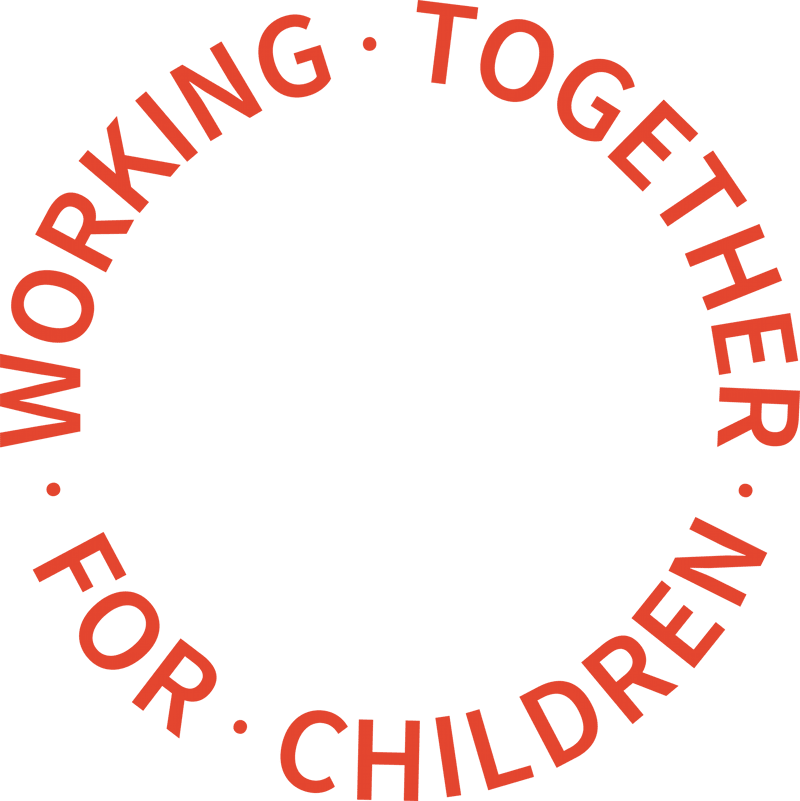More than 60 per cent of teachers have seen a rise in child poverty in their school or college since 2015, according to a poll by the National Education Union.
More than a third of NEU members said they had bought food for pupils who cannot afford it, 57 per cent of members said they had bought children school equipment such as stationery while one fifth of teachers had bought items of school uniform for pupils.
Kevin Courtney, joint general secretary of the National Education Union, said: “Teachers on the front line know only too well the effects of child poverty, as the harrowing results of this survey demonstrate. It is a sadly familiar tale, but we must not grow immune to hearing it. For every child teachers and school staff know of with broken shoes or who has not eaten, we can be sure there are many more in their school. This is the reality of austerity, and it is lived by too many children and their families each day."
The poll revealed:
- 62% of respondents have seen an increase in hungry pupils since 2015. Among primary school teachers, this figure rises to 71%.
- 74% have seen an increase since 2015 in the numbers of children without the appropriate uniform, or a uniform in need of replacing. This rises to 81% among primary school teachers.
- 64% of respondents have seen a rise in the numbers of children without correct school equipment.
- 58% have seen an increase in children who are dirty or unwashed.
- 56% of members said they had seen a rise in the numbers of children who are unable to participate in school trips and clubs.
- 46% report an increase in children who are keen to cover up details of their home life.
In their comments, respondents explained the realities of the situation.
“I teach in a very deprived area. Most of our children don’t have food at home. They are entitled to free school meals but this is the only meal they eat in 24 hours.”
“More children coming to school hungry and thirsty, worse after a weekend.”
“They just don’t have the money at home and they’re telling us like it’s normal. It’s so sad.”
In 2016/17, 4.1 million children were living in poverty in the UK, an increase of 100,000 on the previous year. The NEU added that 30% of children - or 9 children in a classroom of 30
– are trapped in poverty. 67% of the 4.1 million children in poverty have at least one parent in work, meaning work does not provide a guaranteed route out of poverty.
Between 2010-18, more than 500 children’s centres closed. The TUC reported this week that the number of children living below the breadline has increased by 38% since 2010.
When asked to choose the most effective approach to alleviating the effects of child poverty, respondents chose by a very clear margin – 47% - improvements to family support services such as Sure Start. They also identified reforms to Universal Credit and better access to child benefit (20%), improvements to local job opportunities (15%) and local youth services (11%).
Kevin Courtney, joint general secretary of the National Education Union, added: “This election must be about more than Brexit. Enabling the next generation is surely a priority to every voter, and in that we must tackle the scourge of child poverty as a matter of urgency.
“The government is so insensible to child poverty that it has allowed it to grow unhindered. The scrapping of the Child Poverty Act in 2016 was a reckless act. It points to a deep state of denial about a mess of the government’s own making," he concluded.


